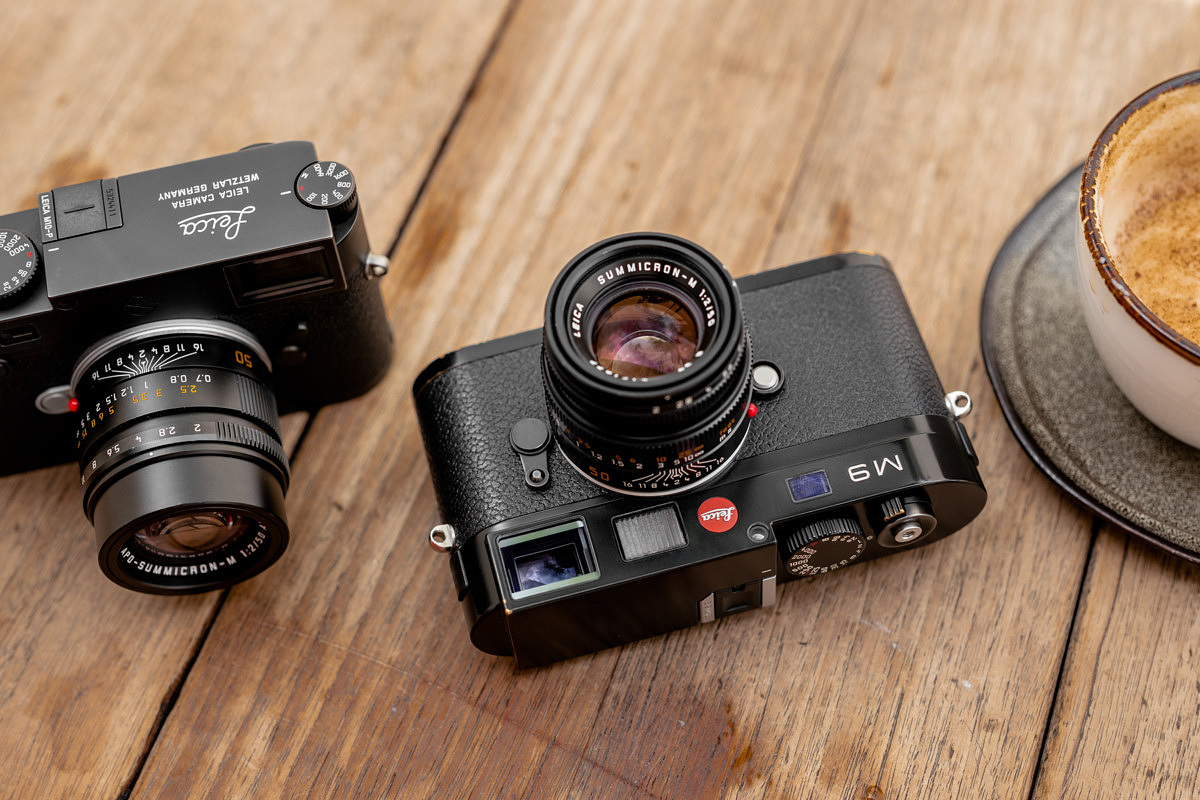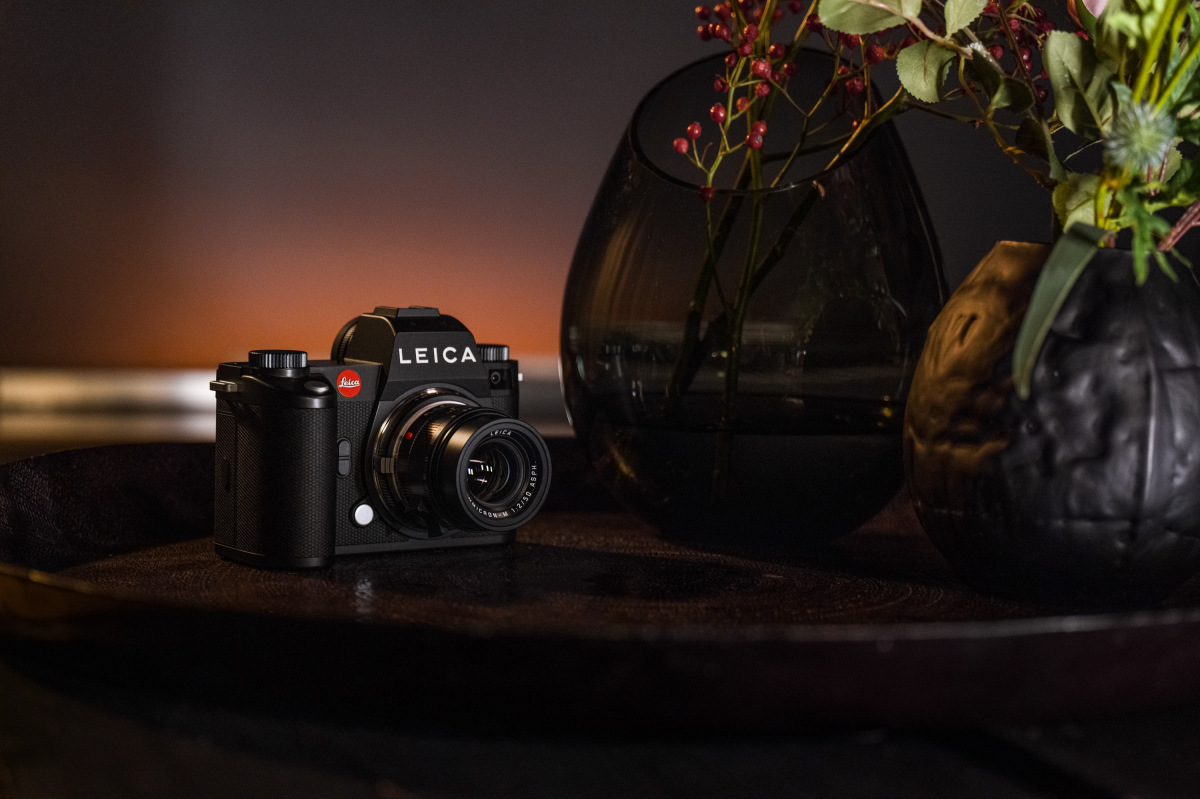Leica has updated the options for its CCD Sensor Corrosion Upgrade Program to include the recently introduced SL3 mirrorless camera along with a bundled M-Adapter-L. As we previously reported, corroded CCD sensors can no longer be replaced since the sensors are out of production, but M9-generation owners can still take advantage of special pricing to upgrade to a model in the current lineup, including SL3, M11-P, M11 Monochrom, Q3 and Q2 Monochrom. Note that the upgrade cost is still the same for all CCD-based models (M9, M9-P, M-E (Typ 220), M Monochrom).

Upgrade Options and Pricing
| Upgrade to M11-P | $6,495 |
| Upgrade to M11 Monochrom | $6,695 |
| Upgrade to SL3 Body with M Adapter-L | $4,895 |
| Upgrade to Q3 | $4,495 |
| Upgrade to Q2 Monochrom | $4,495 |

Eligibility
As before, only M9, M-E, M9-P or original CCD-based M Monochrom cameras that exhibit sensor corrosion are eligible for the upgrade program. We can help you determine if your camera’s CCD sensor shows signs of corrosion. See below for instructions on shooting a proper test image and how to email us the file for evaluation.
How to tell if your camera has corrosion
If you think your camera may be exhibiting signs of CCD corrosion, you can email us a full resolution JPEG file and we are happy to evaluate it for you. Should your camera suffer from CCD corrosion, we can then discuss the best way to proceed with a camera upgrade. Here’s how to get us a full resolution image to check for corrosion:
- Set the camera to its base ISO setting
- Set the camera to shoot either DNG+JPEG or JPEG only
- Attach a lens to the camera (a 35mm or 50mm works best)
- Stop the lens aperture all the way down (f/16 or f/22 depending on the lens)
- For a subject, either a solid blue sky or a solid, light colored wall is ideal
- If shooting the sky, focus the lens to the closest distance. If shooting a wall, focus the lens at infinity (you want an image that is as out of focus as possible).
- Shoot an exposure of the wall or sky and be sure to move the camera around during the exposure (to blur any details in the image, as we want to only see what may be on the sensor)
- Email us the JPEG file for evaluation
Below is an example of an image from an M9 that is showing CCD corrosion, which is highlighted in red circles. You can see the white “halos” around the spots that indicate corrosion. The sensor also has numerous dust spots that can be cleaned, however it is important to see the difference between the regular dust (easily cleaned) and the corrosion spots.


Leave a Reply